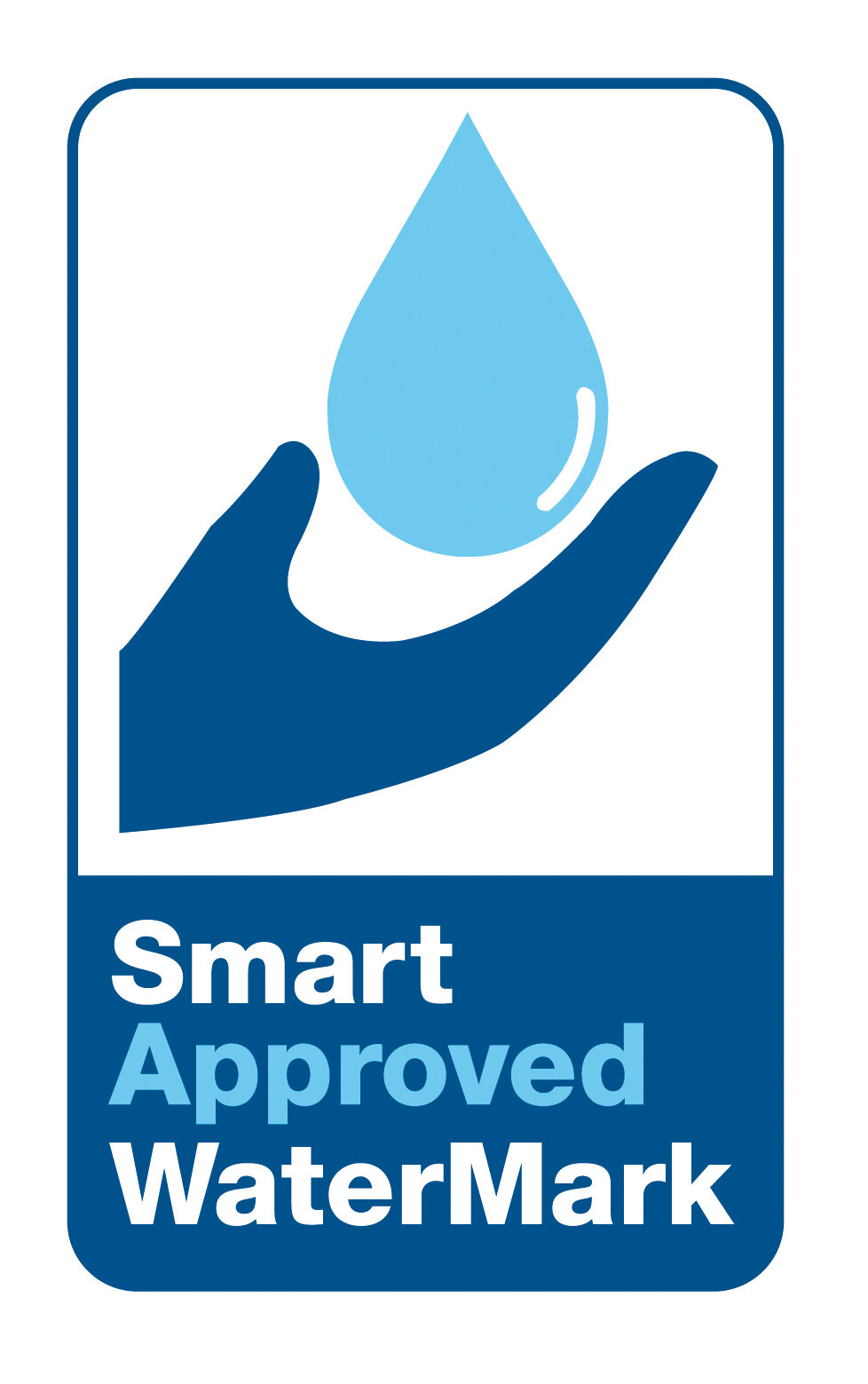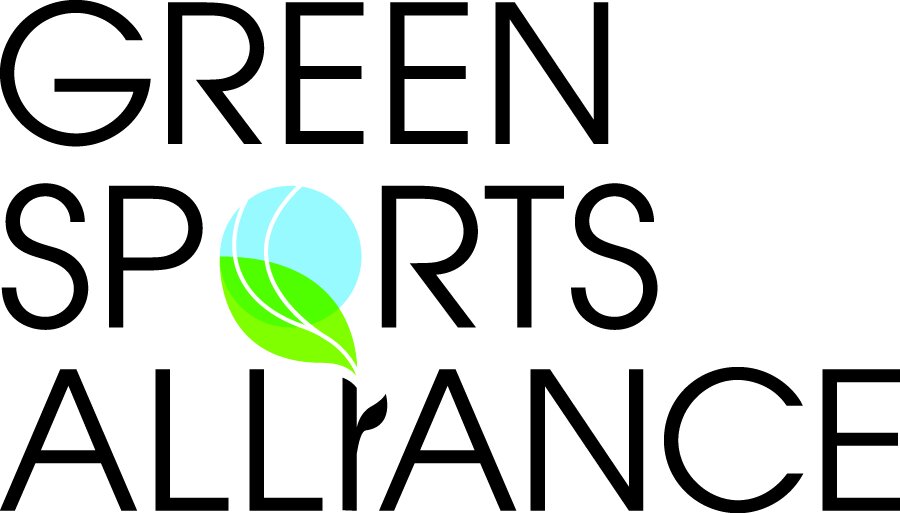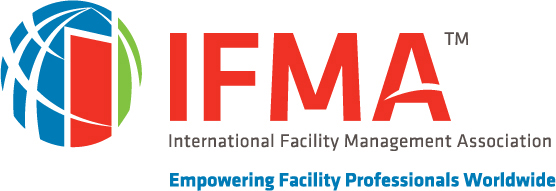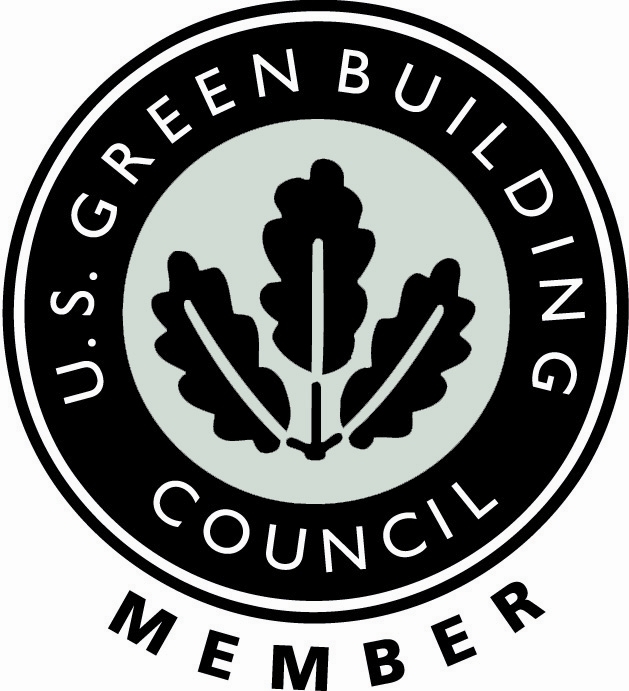Heat waves are becoming increasingly frequent and severe. Since the 1960s, the annual number of heatwave events has risen significantly across many regions. These extreme weather events are also lasting longer—what once average of 22 days now often extends for 72 days, creating prolonged periods of dangerous heat exposure.
This escalation in both frequency and duration of heat waves presents serious challenges for workplace safety. Employers have a critical responsibility to implement comprehensive heat safety measures to protect their workforce from these extreme conditions.
Our Recommended Heat Safety Strategies
To safeguard employees, businesses should adopt a multi-faceted approach, including:
Establishing Heat Thresholds and Monitoring: Designate a responsible individual to continuously monitor temperature levels for outdoor staff. Crucially, work should cease or be modified if the heat surpasses a predetermined, safe threshold to prevent heat-related illnesses like heat stroke and heat exhaustion.
Worker Acclimatization Programs: Workers unaccustomed to intense heat are at a higher risk of illness. Implement a gradual acclimatization process, allowing new or returning workers to adapt to high temperatures. This helps their bodies adjust and reduces the risk of heat stress.
Comprehensive Heat Stress Education and Training: Education is paramount. All outdoor workers must be thoroughly trained to recognize the early signs of heat stress symptoms, including muscle cramps, excessive sweating, dizziness, headaches, and more severe indicators like confusion, disorientation, and slurred speech. Prompt identification and response are crucial for preventing serious heat illness.
Flexible Schedule Adjustments During Heat Waves: During periods of extreme heat, particularly in hot climates like the Southwest, consider adjusting work hours. Shifting outdoor work to cooler parts of the day, such as early mornings and concluding by mid-afternoon, can significantly reduce heat exposure.
Provide Ample Supportive Measures: Ensure constant availability of essential resources. This includes readily accessible shade, an abundant supply of cold water for hydration, and designated cooling stations where workers can rest and cool down.
Strategic PPE Considerations and Cooling Solutions: While necessary, personal protective equipment (PPE) can sometimes exacerbate heat risk. Employers should consider providing cooling vests in addition to standard PPE, and ensure these are used in conjunction with accessible cooling stations to mitigate the increased heat burden.
Here's something else we must remember. Even minor temperature increases can impact water availability, leading to shortages, droughts, and increased fire risks, as witnessed in recent summers. This highlights the interconnectedness of our changing climate and worker safety.
By proactively implementing these heat safety protocols, employers can significantly reduce the risk of heat-related injuries and ensure the well-being of their valuable outdoor workforce. Prioritizing worker safety in hot weather is not just a responsibility, but a critical investment in employee health and productivity.
Klaus Reichardt is CEO and president of Waterless Co., Inc., marketers of the leading brand of Waterless urinals in North America.
Image by Francesco Ungaro found on Prexels.com










